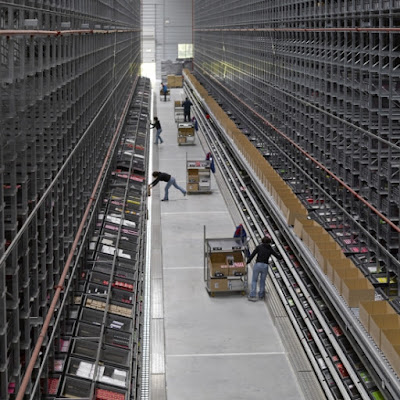According to the latest market survey of FMCG, including FMCG, including packaged foods, cosmetics and beverages, in the last three months (as of end-May 2017) Growth is slow, reaching 7% in urban areas and 9% in rural areas, well below the 2016 growth rate of 17% in both urban and rural areas.This article aceworldtrading will help you know more about this industry
Alarmed
Specifically, Kantar Worldpanel representative said that at the time of quarter I-2017, only 28% of urban consumers said the economic situation will be better in the next six months. In addition, consumers find that the supermarket is less attractive (reflecting the growth in sales channel near zero). Meanwhile, convenience stores and mini supermarkets are the strongest shopping channels with an impressive increase of + 91% thanks to attracting new home buyers with more frequent shopping.
Talking to us, some fast-food businesses admitted in the first six months of 2017, sales fell 10% -15% over the same period in 2017. Cause consumers in all three High-end, medium and low-end segments spend the same amount of money. Representatives of a soy sauce production company lament their products are present in most retail channels, the number of selling points grow quite fast but growth is not expected. Revenue for the first half of the year was $ 22 billion, lower than the $ 24 billion last year.
Similar to the situation in retail supermarkets, the growth rate of the past six months decreased by about 10% over the same period of 2016.
Why is this change - expert said that because of unfavorable economic conditions, prices have become a barrier for supermarkets to become less attractive. The trend of moving from grocery shopping to supermarkets continues, but is weakening. A separate survey of "Consumer Lifestyle" by Kantar Worldpanel found that 55% of urban consumers share the same view that "supermarket prices are more expensive than grocery stores," the same figure last year. 50%.
Watch more: FMCG sector
Do not forget the low consumer segment
In contrast, in Vietnam, the low income segment is strongly affected by the difficult economic situation. Approximately 63% of the urban low-income households surveyed said they spend on tight budgets when shopping for consumer goods. They choose products that save money, but the benefits must be adequate.
Even so, Kantar Worldpanel and marketing experts say that this is still a consumer segment that should not be overlooked for the fast-paced consumer segment, which is important to adjusting pricing strategies accordingly.
On the other hand, the high-income segment is at the forefront of new consumer trends, most notably health, convenience and value. Manufacturers should grasp the change in consumer behavior of this segment to catch up and master new consumer trends.
"In order to continue to grow in tough economic conditions, the fast-food sector should set the value-centered criteria in all its messages and products," the expert said.
For the manufacturer, this is not just a promotion and a cheap sale but also a focus on the value of the product to be consistent with the consumer spending, balance the price to suit the interests. product benefits. For retailers, continuing to create the convenience of shopping and providing good value products will help them build image, brand value in the hearts of consumers.
In addition, manufacturers need to study the development of commodities with new characteristics, identify strategic products to avoid spreading investment.
Follow us through the web site: https://importexportfmcgace.edublogs.org/








